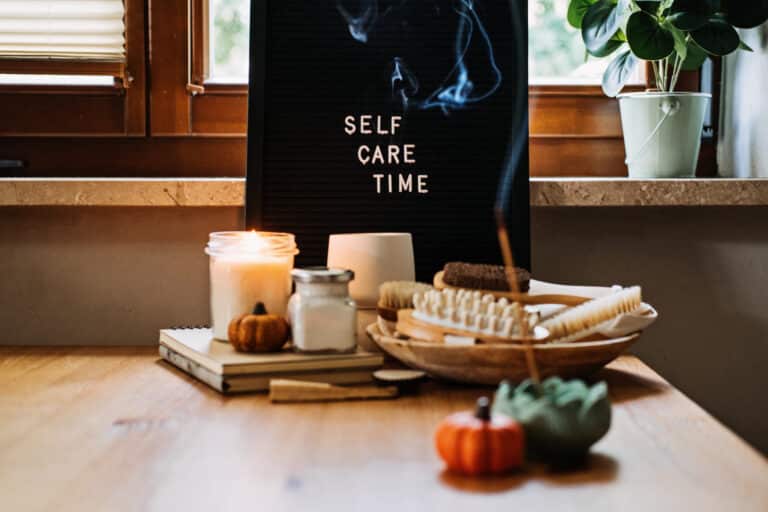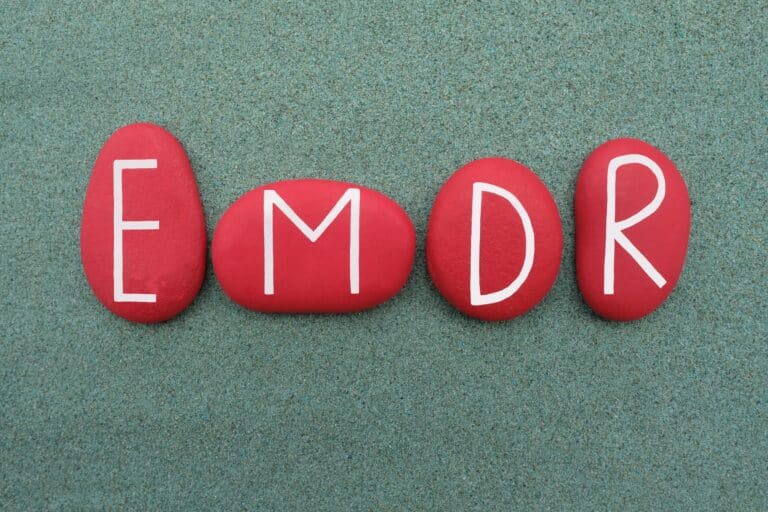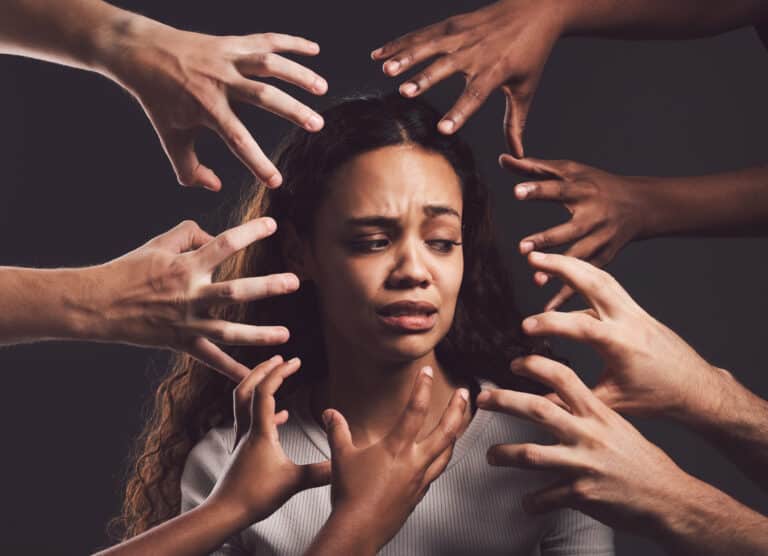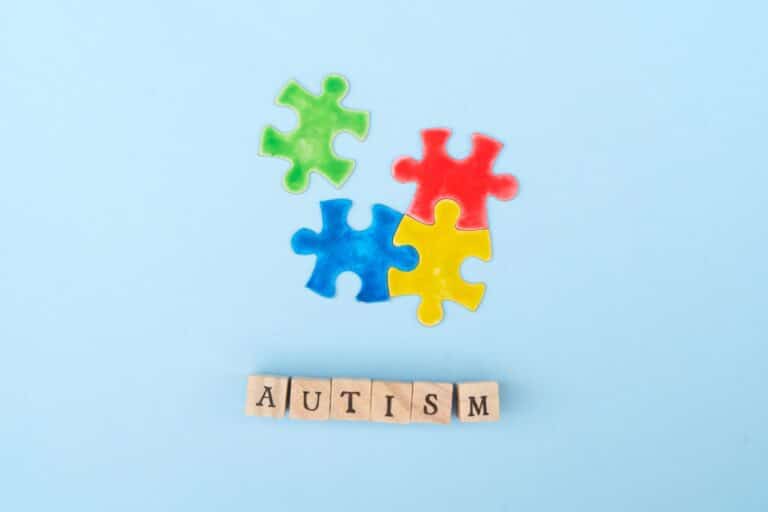There’s a high prevalence of drug addiction and abuse in Orange County and nationally. This has led to a significant increase in the number of overdose death. In a 2014 report published by the Center for Behavioral Health Statistics and Quality, 47,055 drug overdose-related deaths were recorded.
Reports gathered in Orange County show a similar trend. This has resulted from the availability of illicit drugs, over-prescription painkillers, and prescription drugs for nonmedical purposes.
Luckily, those suffering from substance use disorder have various substance abuse treatment options, rehab centers, and sober living facilities in Southern California. By understanding drug use statistics in Orange County, one can understand the reach of the problem. Here’s a breakdown of drug use statistics in Orange County that you should know about.
Illicit Drug Use Prevalence
Drug use prevalence in Orange County cuts across different drugs. Commonly abused illicit drugs include Cocaine, Heroin, Marijuana, Methamphetamine, and club drugs. The following is a breakdown of abuse of individual drugs published by the Orange County Health Agency in 2012:
Marijuana
Marijuana is the most abused drug among Orange County adults, with 33% of the respondents reporting lifetime use of the drug. This accounts for approximately 758,000 adults. Past year users reported 8%, an approximate 181,000 adults, and past 30-day users accounted for 4.5% or an estimated 103,000 adults.
Heroin
An estimated 33,000 adults, or 1% of the Orange County adult population, reported using heroin over their lifetime. Comparatively, 0.4% or an estimated 9,700 people reported using heroin in the last year. While approximately 1,800 adults, or 0.1%, used heroin in the previous month.
Cocaine
An estimated 301,000 respondents, or 13%, reported having used cocaine in their lifetime. 1% or 20,500 adults reported using this drug in the previous year. In contrast, less than 0.5%, or 7,300, said having used cocaine within the past month.
Hallucinogens
An estimated 212,000 adults, or 9%, reported lifetime use of hallucinogens, including mushrooms, PCP, LSD, and psilocybin. An estimated 9,400 reported using this substance in the previous year. Meanwhile, 2,400 respondents reported using it in the last thirty days.
Methamphetamine
An estimated 142,000 adults or 6% reported using methamphetamine in their lifetime. 13,000, or 0.6% of the respondents, reported using it from the previous year. In contrast, an estimated 0.6% or 13,000 reported using it within the last thirty days.
Club Drugs
Club drugs are loosely defined as drugs associated with raves and dance clubs. The survey showed that 84,000 adults, or 4% of Orange County residents, have used it over their lifetime, while 8,400 adults, or 0.4%, reported using these drugs over the past year. In addition, an estimated 2,400 adults, or 0.1% of Orange County adults, reported using it in the past thirty days.
Prescription Drug Misuse Prevalence
This survey assessed the four different classes of prescription drugs in prescription drug misuse prevalence in Orange County. These classes include sedatives, tranquilizers, stimulants, and pain relievers. At least 145,000, or 6% of Orange County’s adult population, reported having misused a prescription drug once in their lifetime.
A prevalence rate of 2% or 53,000 adults abused prescription drugs last year, while an estimated 1% or 18,000 reported having misused prescription drugs in the previous month.
Prevalence of Nonmedical Use of Prescription Drugs
The nonmedical use of prescription drugs is also high in Orange County. The report recorded nonmedical use among the four types of prescription drugs, sedatives, stimulants, tranquilizers, and relievers. The following is a breakdown of the nonmedical use of prescription drugs:
- The nonmedical use of prescription pain relievers like OxyContin, Vicodin, and Percocet was the most commonly reported prescription drug misuse across their lifetime and the past year. An estimated 125,000 reported using over their lifetime, while 38,000 reported using over the last year.
- The prevalence rate of nonmedical use of stimulant-type prescription drugs and tranquilizers was reported at 2% for lifetime users. This represents approximately 50,000 adults. 0.5% of adults, or 12,000 adults, reported using these drugs over the last year. Sedative-type prescription drugs were the least misused, with 1% of Orange County adults, representing 33,500 adults.
- Half of all the people reported having used tranquilizers and stimulants, plus 40% of those reported to have misused prescription pain relievers were reported to have misused these substances in the last year. However, only 2% said having used sedatives for nonmedical use.
Hospitalization Rates
Numerous studies have shown the rate of hospitalization related to drug and alcohol addiction rate in Orange County. The statistic for the hospitalization rate since 2011 was recorded as follows:
- 48% of the total hospital visits were a result of the psychological side-effect directly of the drugs
- 24% of the hospital visits were due to chronic drug abuse and alcohol dependence syndrome
- 6% of hospital visits were related to opioids
- 26.3% of hospital visits were linked to accidental poisonings like opioids and benzos
Addiction Treatment in Orange County
Orange County has the highest number of nonmedical drug detoxification beds in California. People in Southern California have options when it comes to choosing a treatment center. A review conducted by the California Department of Health Care Services shows that addiction treatment met the following requirements:
- 100% of the reviewed centers were targeting the right population
- 85% of these facilities recorded a positive impact on the people who received the treatment
- 90% of these facilities were using the proper innovative techniques and approaches in their treatment
- 100% of the treatment programs used were engaging clients effectively
- 90% of these facilities had an effective link between social service programs and community
Best South California Treatment for Drug Abuse
South California’s high-quality treatment facilities use evidence-based programs to treat drug abuse. These programs include psychotherapy, detoxification, cognitive-behavioral theory, outpatient treatment, 12-step programs, and family therapy.
Southern California Sunrise Recovery Center is one of the best addiction facilities in Southern California. We treat all kinds of addiction, including Xanax, alcohol, meth, opiates, cocaine, and marijuana. At Southern California Sunrise Recovery, we use mental health and behavioral therapy to treat substance abuse. Our experienced and professional experts and high-end facility ensure that our clients get the best services. Contact us today and learn how we can help your loved one recover from drug and alcohol addiction.






